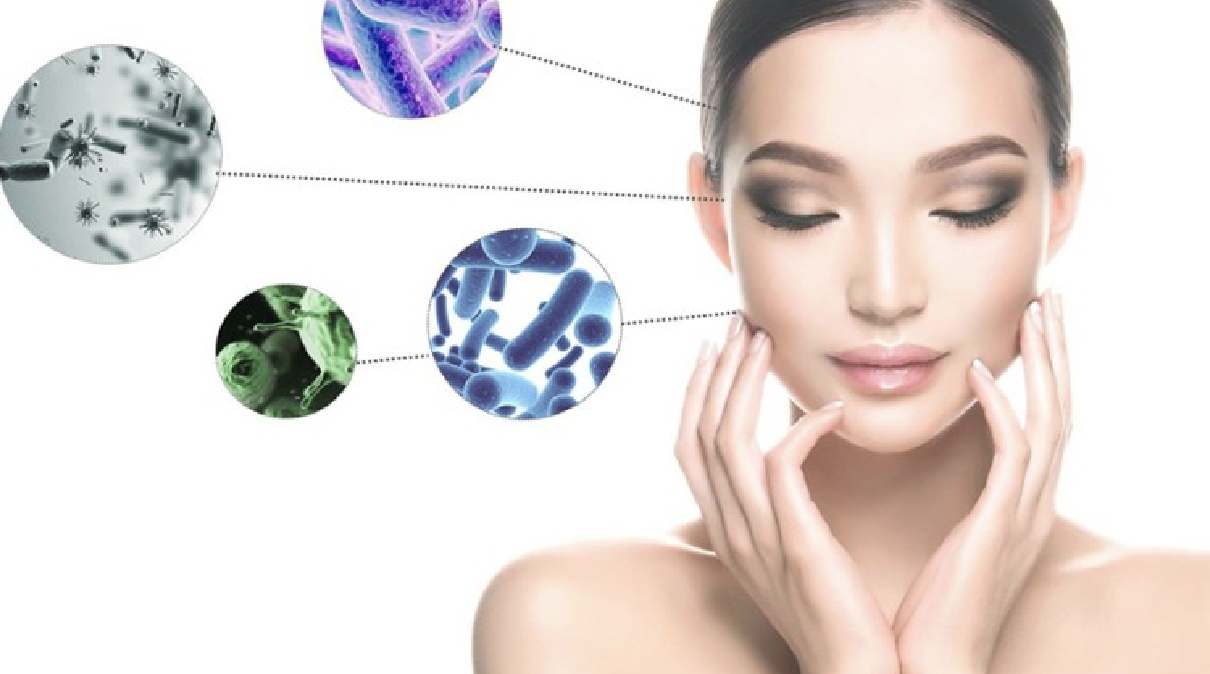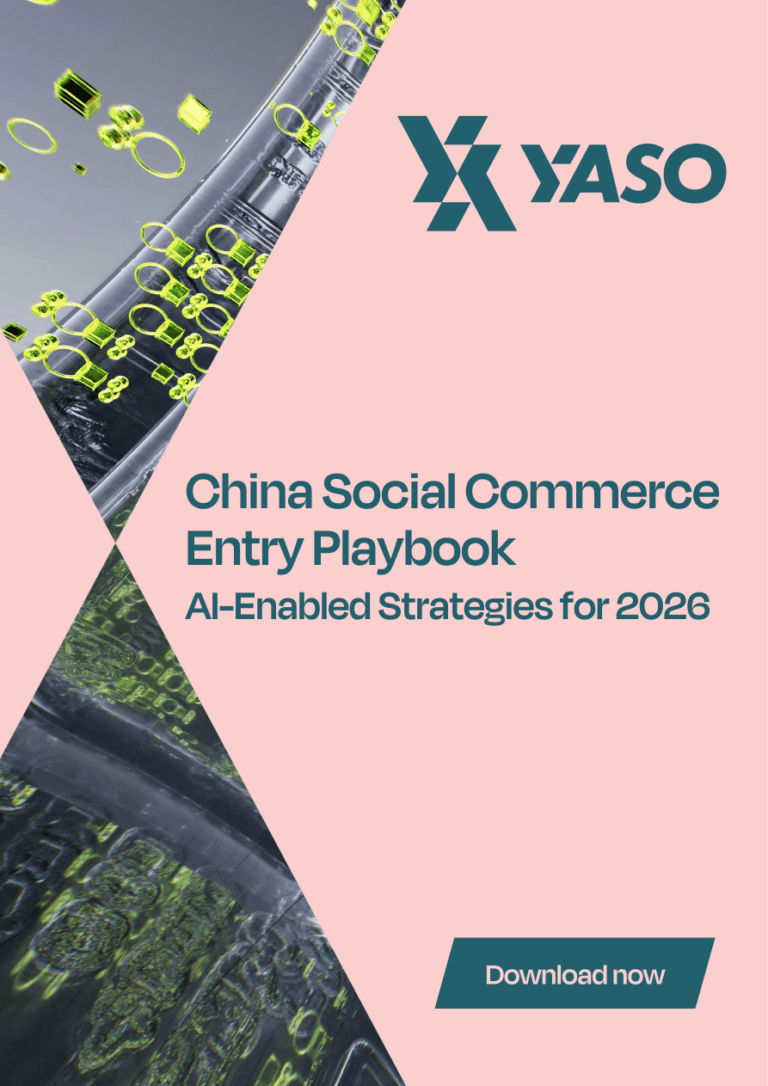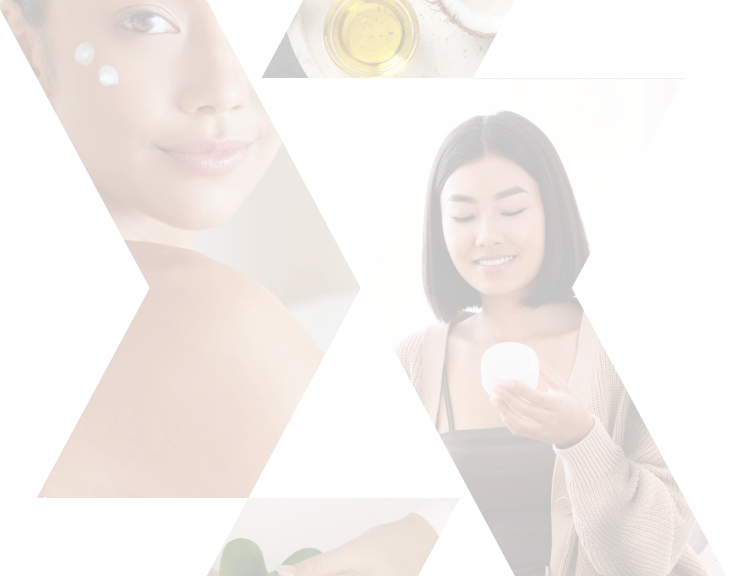
In this third edition of our mini-series, we take a dive into another one of the key sectors in the beauty industry producing huge growth numbers: Microbiome Skincare.
What is Microbiome Skincare?
In terms of surface area, our skin is the second largest organ in the human body, containing seven different layers of tissue whilst guarding our muscles, bones, ligaments and internal organs. A skin microbiome is a collective term used to describe the bacteria, viruses and fungi that live on our skin. Our skin microbiome protects our skin from damage, and restores and maintains our skin’s health.
Recently, the focus on skincare has shifted towards improving skin health. Skin conditions such as acne, eczema and rosacea are closely connected to a lack of diversity in one’s skin microbiome. Microbiome skincare products are thus an important tool in maintaining healthy skin by supporting the skin’s natural defence system and restoring the microbiome to its natural state.
Finally, microbiomes are unique to each individual, meaning the industry aligns well with broader beauty trends such as personalisation and bespoke cosmetics.

The Global Market
The global microbiome skincare market is expected to grow at a rapid pace over the coming years. In 2019, the global microbiome skincare market was valued at $541.1 million. By 2021 it was worth $658.8 million. By 2030, the market is anticipated to be worth over $2.97 billion by 2030, growing at a compound annual growth rate (CAGR) of 16.7%.
The growth will be propelled largely by the probiotics and prebiotics markets, as well as the tremendous impact of natural ingredient-based products on cosmetics. The increasing incidence of skin-related diseases such as acne will also drive the microbiome market growth.

The China Market
The Opportunity
For now, the United States remains the global leader in the microbiome skincare market, though analysts expect China to have the largest market by 2025.
Although microbiome skincare is a relatively new concept in China, its growth potential is notable. It is estimated that the Chinese microbiome skincare market will grow from 8.8 billion RMB in June 2022 to 10.54 billion RMB by 2025. In that time period, this represents a CAGR of 16.51%.
Many Chinese consumers seek beauty products that calm irritated skin. They want products rooted in scientific claims to offset the negative effects of their busy modern lifestyles that include long working hours, excessive screen time and pollution. Innovative products that target health and beauty simultaneously are rapidly hitting the Chinese market. Across Chinese social commerce platforms, the most commonly searched words are “Health” and “Beauty”. Searches of “microbiome skincare” on RED and Douyin have also proliferated considerably, indicating the growing potential for microbiome skincare brands.

Key online influencers in China often promote skincare and beauty products in, yet this is less common for microbiome skincare or probiotic beauty products. This presents beauty brands with an opportunity to differentiate themselves, as the current level of skin microbiome understanding among Chinese consumers remains relatively low. Previous research has found that around 44% of Chinese female consumers aged between 25 to 29 have purchased dietary supplements for cosmetic purposes. Microbiome skincare will soon become common vernacular among Chinese consumers; beauty brands would do well to seize on this opportunity early.

Probiotics and prebiotics are fuelling the rapid microbiome market growth
Foreign Microbiome Skincare in China
International beauty brands have been researching microbiome skincare for years and are now applying these concepts to their products. The key players in the global microbiome skincare market include MicroBiome Therapeutics LLC, BGI, Chr. Hansen, Enterome Bioscience, LNC Therapeutics Inc, L’Oréal, Morinaga, Vedanta Biosciences Inc and Illumina.
The largest shareholder in the global microbiome skincare modulators market is L’Oréal. In 2005, the company opened its China Research and Innovation Center, which has now developed into the largest R&I center in the Asia-Pacific region. The Center plays a leading role in the company’s research on common skin problems and the links between the skin’s microbiome and skin health. The L’Oréal Center has also collaborated with the Shanghai Pasteur Institute of the China Academy of Sciences and other dermatologists in skin microbiome research.

Other international brands such as Lancome and La Roche Posay are also raising awareness of probiotic benefits to skincare. In China, the most well-known of these include Lancôme’s Genifique serum (“Little black bottle 小黑瓶”), EsteeLauder’s Night Repair serum (“Little brown bottle 小棕瓶”), and SK-II’s Facial Treatment Essense (“Magic water 神仙水”).

Other niche and emerging microbiome brands that have already entered the Chinese include:
- Yakult – A Japanese lactobacillus skincare brand under Yakult group,
- Gallinée – French probiotics skincare brand
- Aurelia Probiotic Skincare – British probiotics skincare brand
- TULA Skincare – An American probiotics skincare brand

Chinese Microbiome Brands
Domestic Chinese skincare brands are also making inroads in the microbiome skincare market. Shenzhen-based Biome Co. Ltd., China’s first AI-based microbiome drug development company, recently closed its Series B financing round worth $14 million USD. Other more established brands such as Proya and Pechoin have also launched new products in the microbiome field.

New Chinese microbiome skincare brands such as XDG and Dr. ALVA have emerged. The latter gained traction as soon as it entered the market in 2018. In 2020, Dr Alva sold over 840,000 units of banana facial masks, over 430,000 units of essence, and over 350,000 units of probiotic toner and lotion.

Conclusion
This article has provided a multi-dimensional view of the microbiome skincare market, both internationally and in China. It has looked at market size and growth potential, along with key factors driving the market growth.
Here is a short summary:
Growth Drivers
- Increase in awareness of microbiomes’ effect on skin health.
- Entry of well-known cosmetic and beauty companies into the microbiome industry.
- Chinese consumers increasing appetite for beauty and skincare products.
Market Challenges
- Still a young and niche market.
- Non-standardised claims and stringent regulatory standards.
- Lack of knowledge on microbiome skincare products.
- High cost of probiotics cosmetic products.
Market Opportunities
- Big investments into the next generation of probiotics products.
- Growing industry-academia-dermatology collaborations.



